I want to add some attributes to the user entity, when I googled about it, I found a similar question :
How to modify existing entity generated with jhipster?
when I followed the steps in this post, I couldn't find the file user.json anywhere as @Roberto montioned
1) Edit the json file representing your entity (add/remove field, the syntax is pretty easy, check in the end of the file if is required any change to the general entity properties like 'fieldsContainOneToMany'...), you'll find it in:
<jhipster_root_folder>/.jhipster/entityName.json
How can I solve this ?

